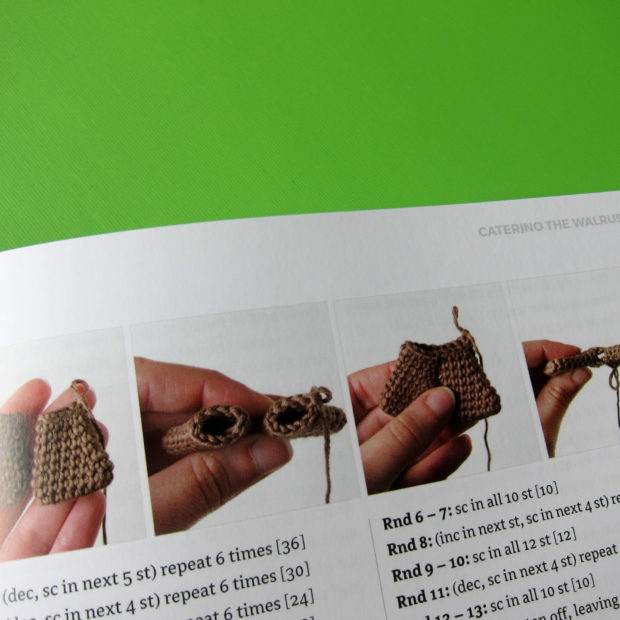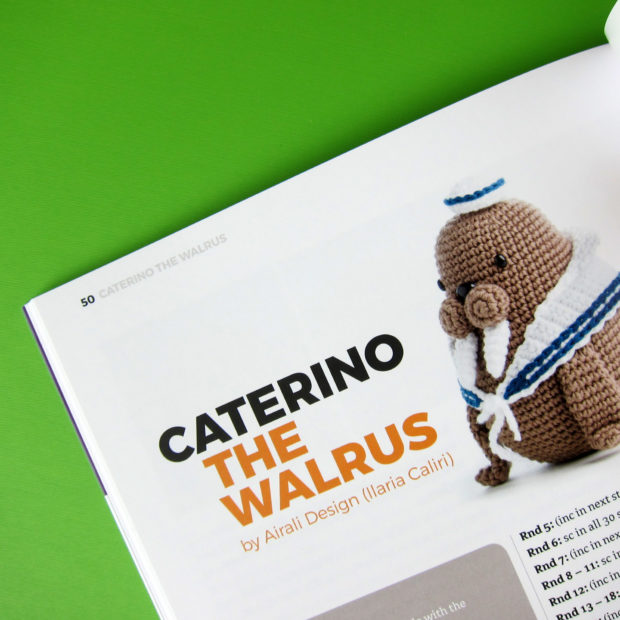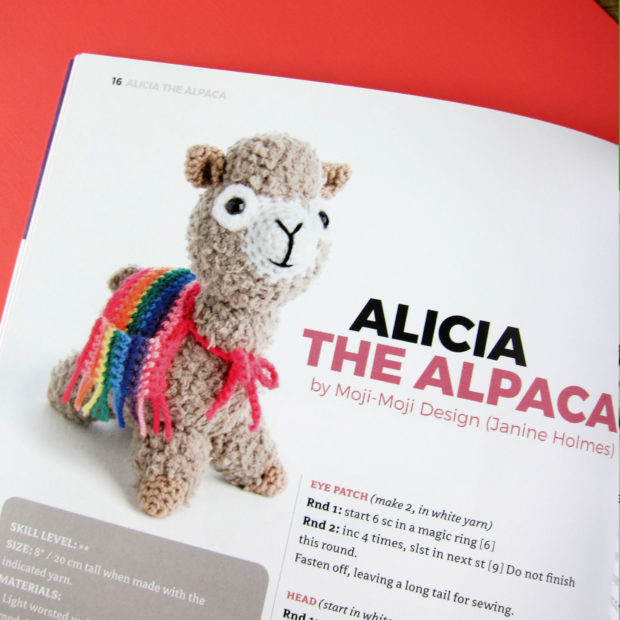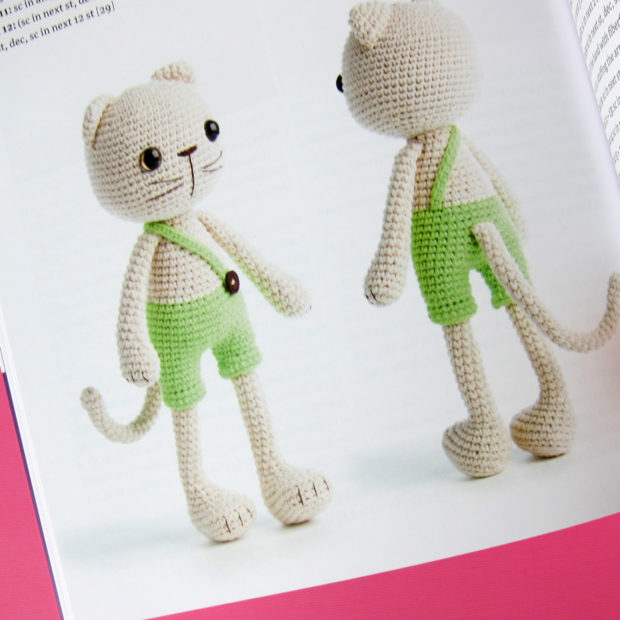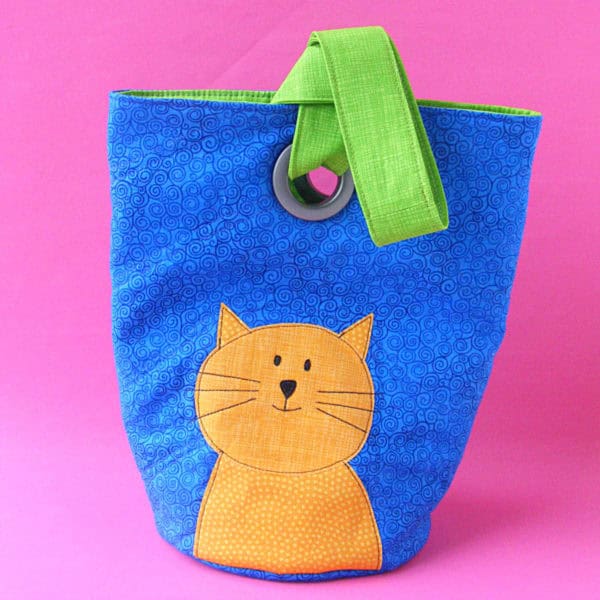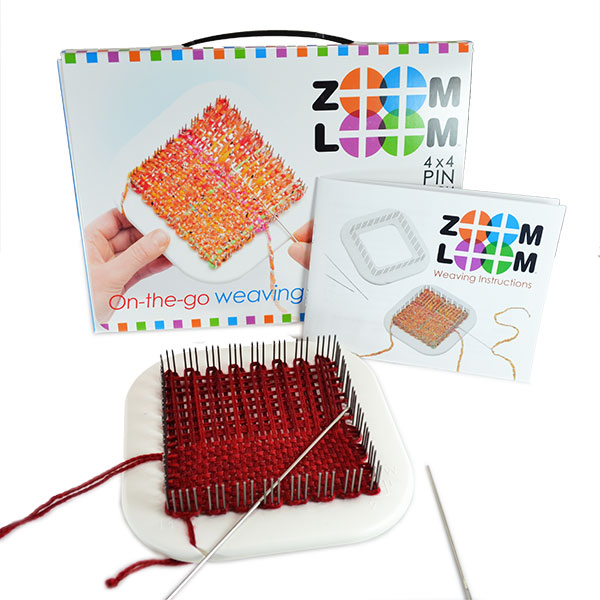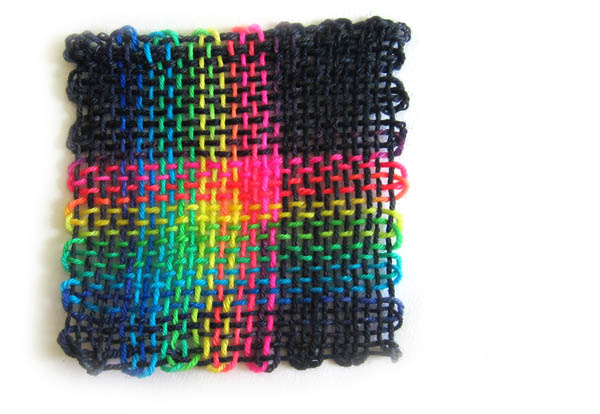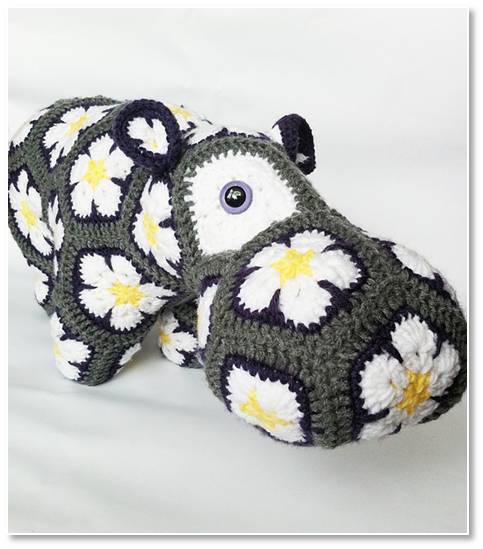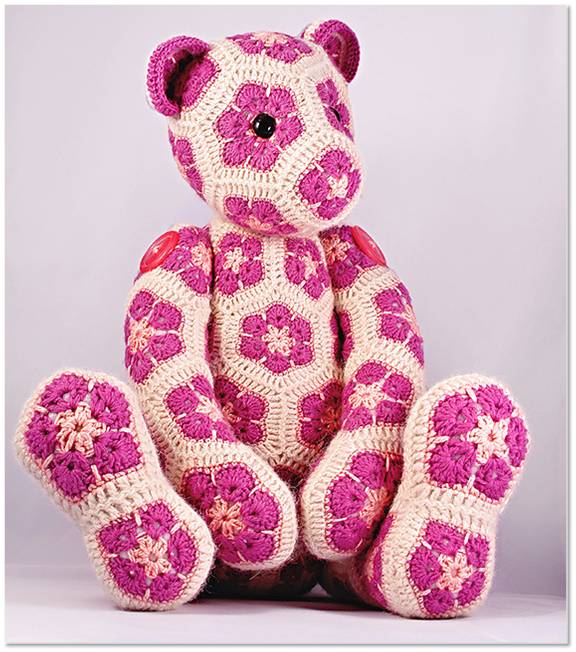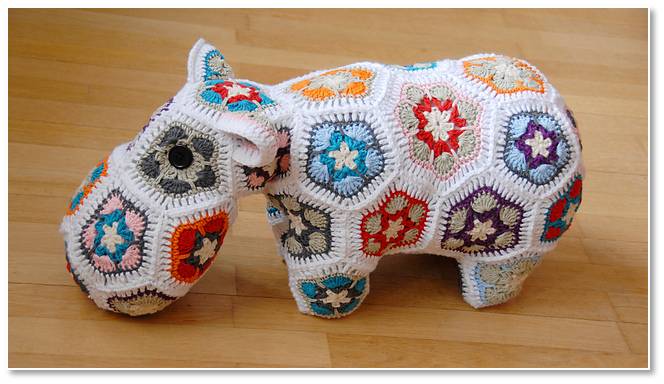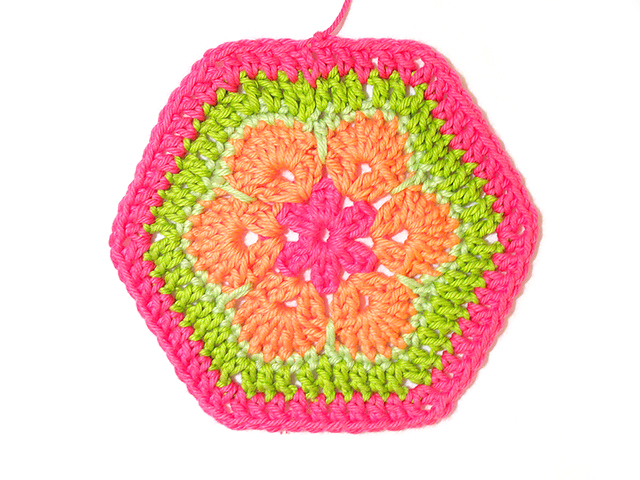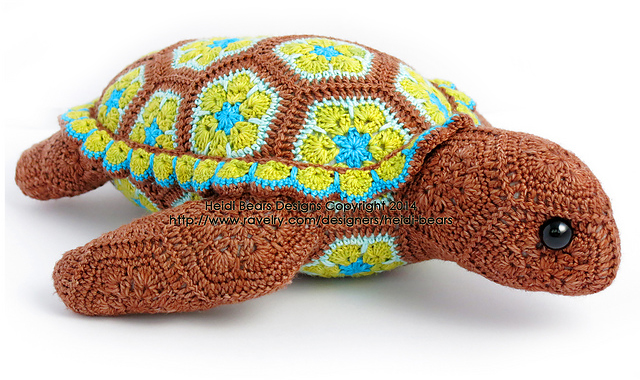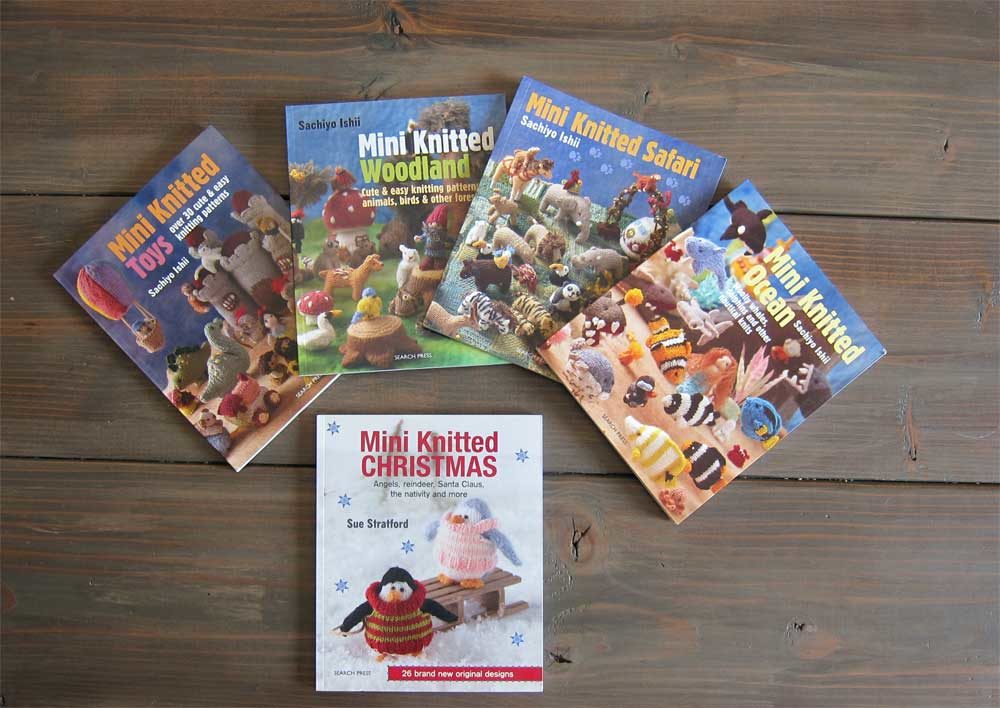
I have an amazing opportunity for you today! Search Press (the publisher of the adorable Mini Knitted series) is giving one reader 5 books, including:
- Mini Knitted Christmas
- Mini Knitted Woodland
- Mini Knitted Ocean
- Mini Knitted Safari
- Mini Knitted Toys
Keep reading for details on how to enter! Sachiyo Ishii is the author of 4 of these books, and she’s joined us to tell us a bit about herself and her process!

Each book is packed with projects (more than 25 patterns per book), using a variety of techniques with simple knitting stitches.
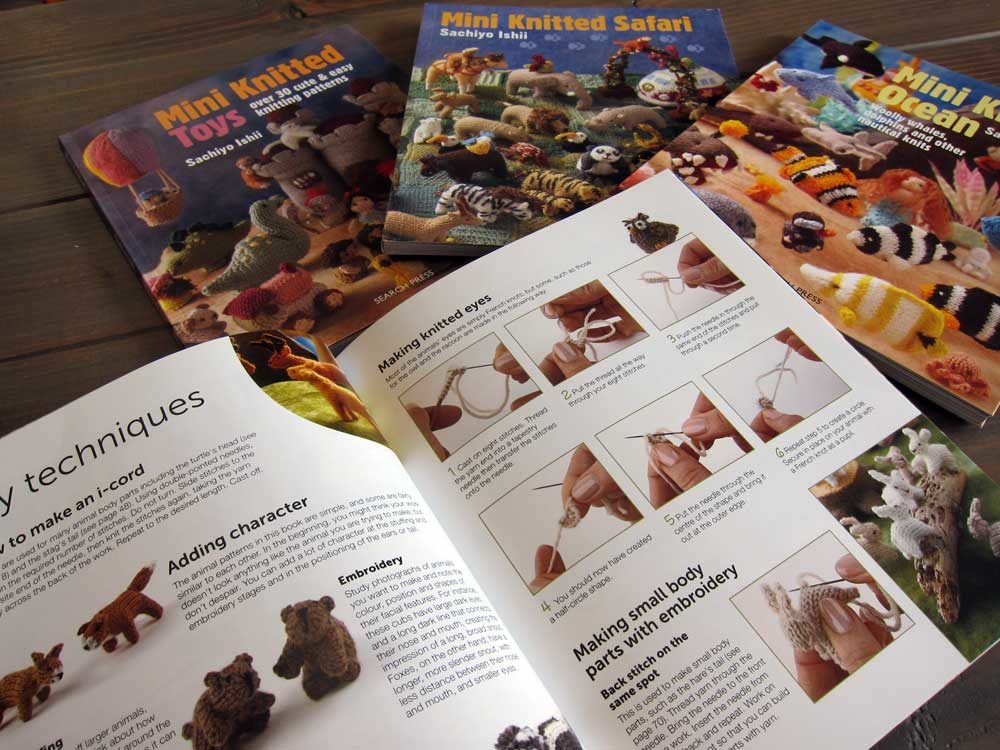
Interview with Sachiyo Ishii

Sachiyo is the prolific author of 4 of the Mini Knitted books, and I was delighted that she took the time to come talk to us! Welcome, Sachiyo!
How did you begin knitting? And when did it take a professional turn?
I took up knitting in my 30’s after my second son was born. I could not knit a stitch until then. I thought dressing my boys in my handmade clothes was trendy and very Yummy Mummy, but soon discovered that knitting requires skill and patience. With my friend’s help, I did achieve my very first piece, but the stitches were messy and uneven, and the sleeves came out in different lengths.
It seemed to me that I had a very long way to go until I would be able to knit a decent garment. I almost gave up knitting altogether, however, I discovered that you can make small toys with basic skills. I practiced published patterns for some time and then, I started creating my own to add personality. I knitted many animals and proposed my current publisher, Search Press the idea of the knitted animal park. It is great to find a channel that I can put my effort into.
You’ve written so many books! Where do you find your inspiration?
I get inspiration from everywhere. When I walk in town, looking through books and magazines, shop windows, everywhere! I am constantly thinking of new designs no matter where I go or what I do. Illustrations and cartoons, felted work and sugar craft are a good source, too. They are already in simplified forms and it is easy to make them into my craft projects.
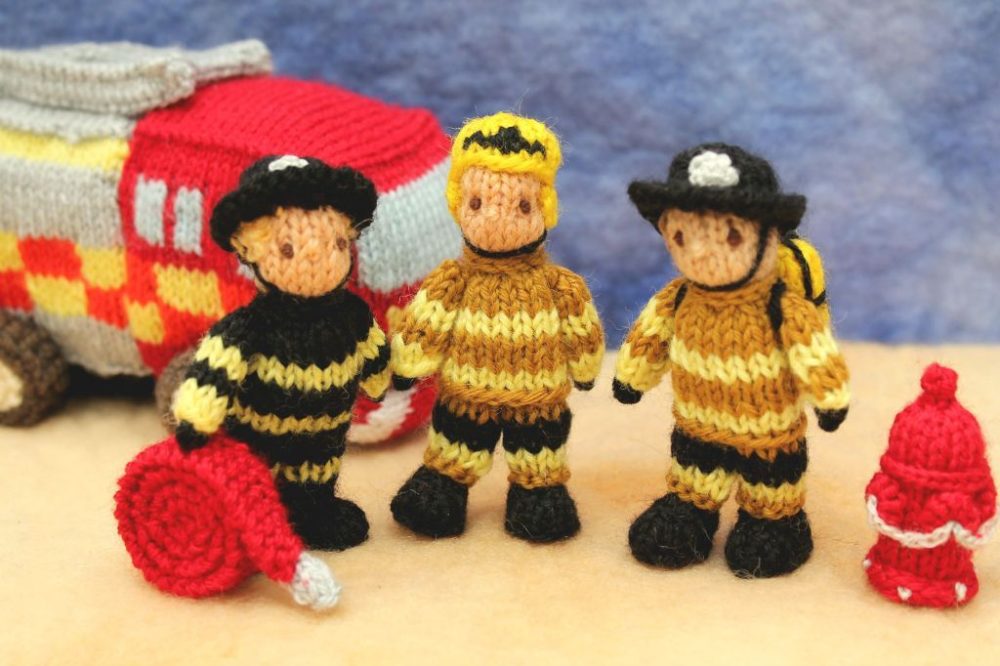
What do you like to do in your free time?
I enjoy attending fitness classes and swimming. When I get stuck with a project, swimming can be the best solution to get a fresh idea. I don’t do enough but I like visiting craft shops and fairs. I guess I cannot completely be free from crafting.
What is your favourite yarn/knitting needle/craft supply?
For many years, my favourite yarns are Rowan. I love felted tweed especially. It is such a delight to knit with quality yarn.
I have been using bamboo needles since I took up knitting. They are less slippery and keep stitches well and the best of all, they feel great in hands. If you are still new to the skill, bamboo needles are must. I have been using Clover Takumi needles.
My favourite is Clover products. My mother loved them for many years and recently I inherited them all. Some are bought over 30 years ago but still in very good condition.
Is there a favourite piece you’ve made? Perhaps for yourself?
It is hard to say since I have many favourites, but I love the knitted carousel. I have a whole set of amusement park in knitting and would love to do a book someday. Most of my creations are for myself except occasional gifts to my friends. It is great to be an author. You get to keep all samples!
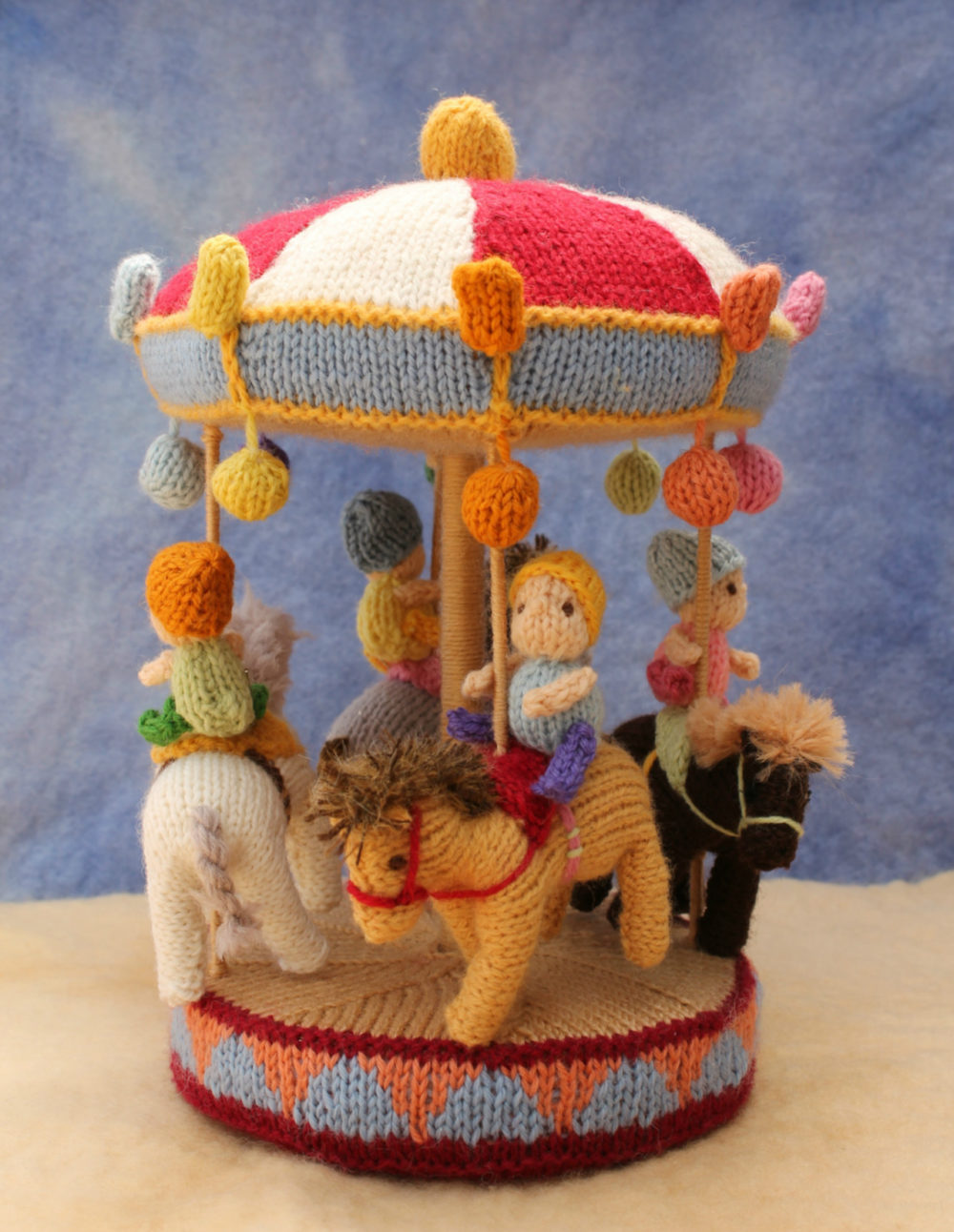
Thank you, Sachiyo!
Find Sachiyo!
Website: www.Knitsbysachi.com
Instagram: knitsbysachi
Facebook: www.facebook.com/KnitsBySachi/
Ravelry: sachiyo-ishii
Pinterest: knitsbysachi
Twitter: Knitsbysachi








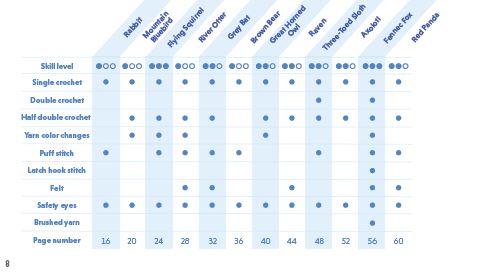

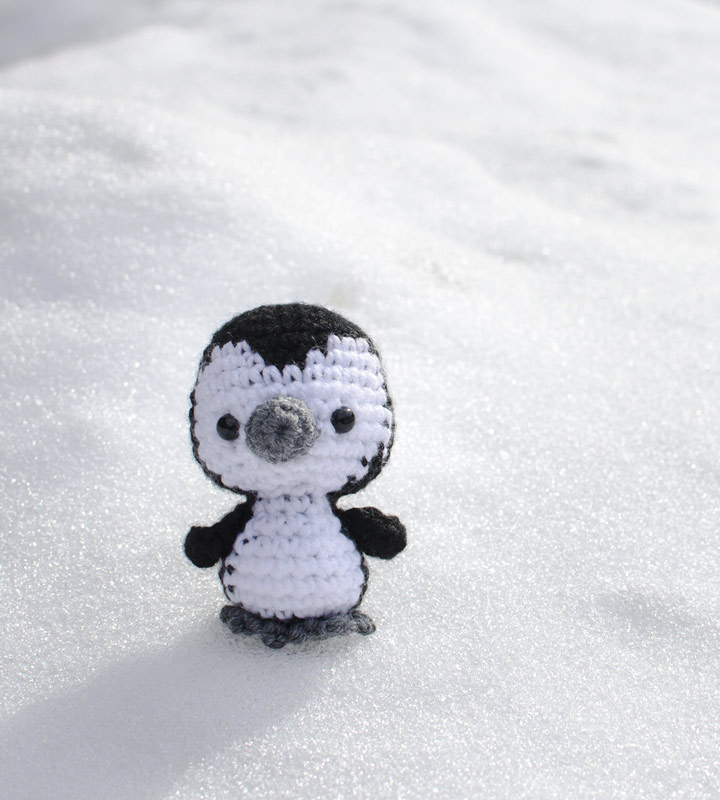
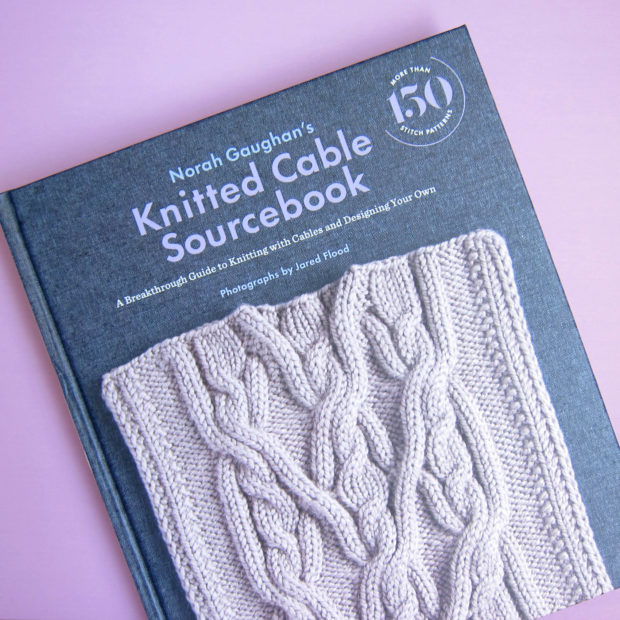
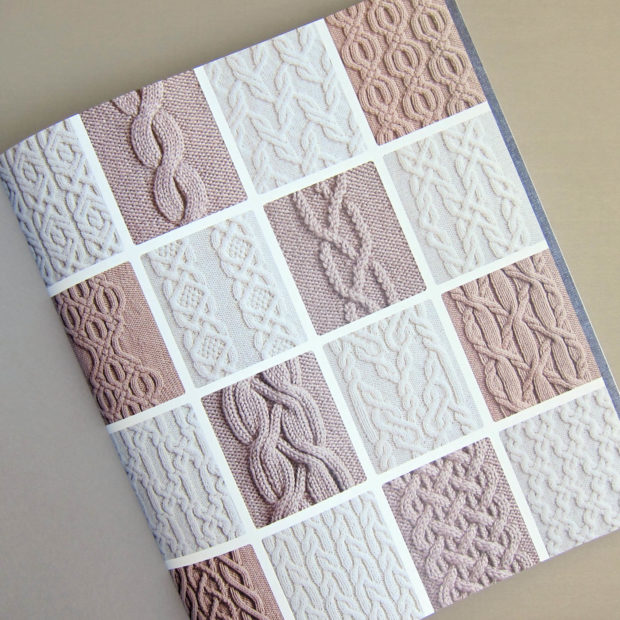
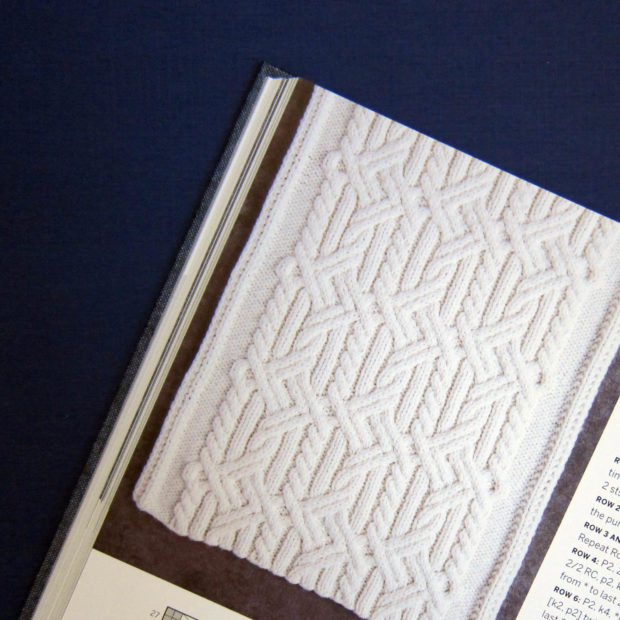
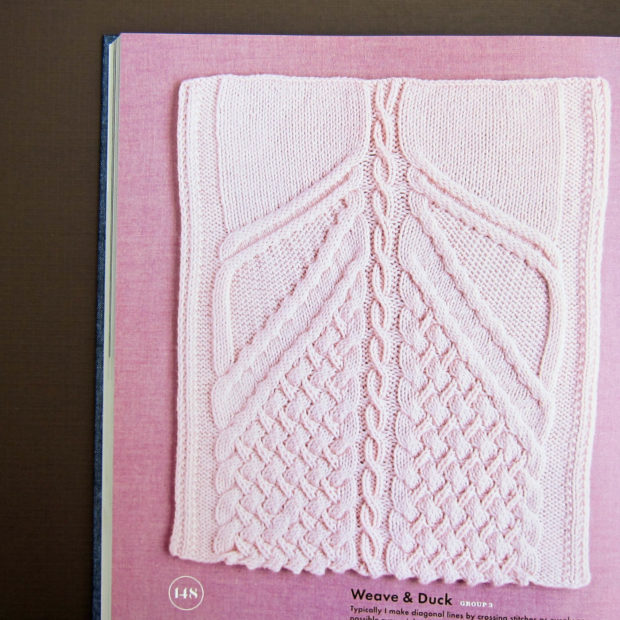


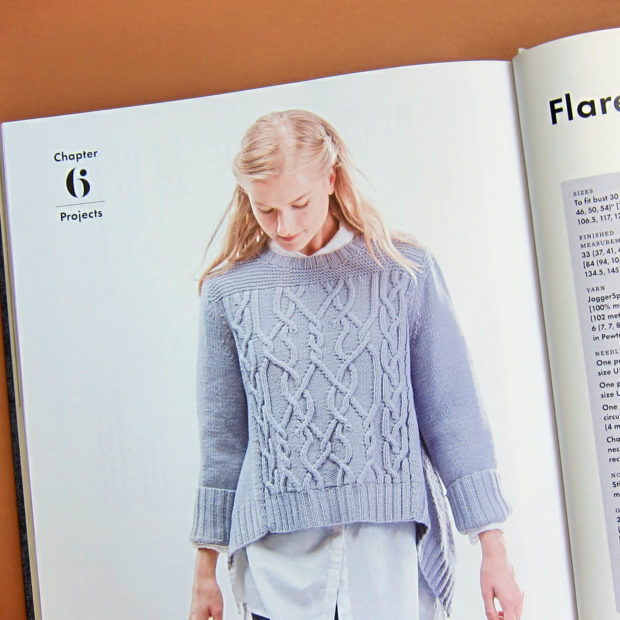
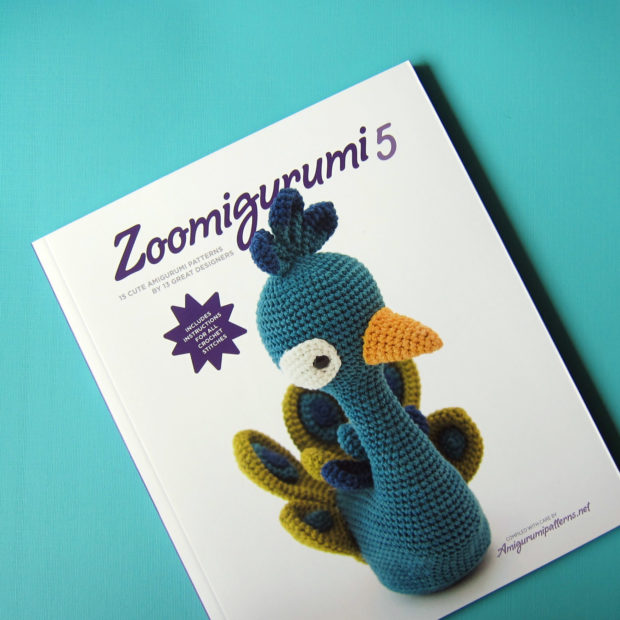

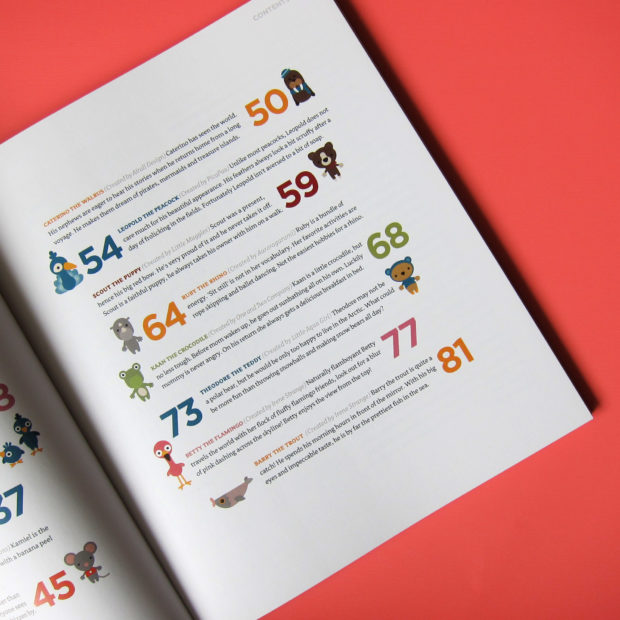
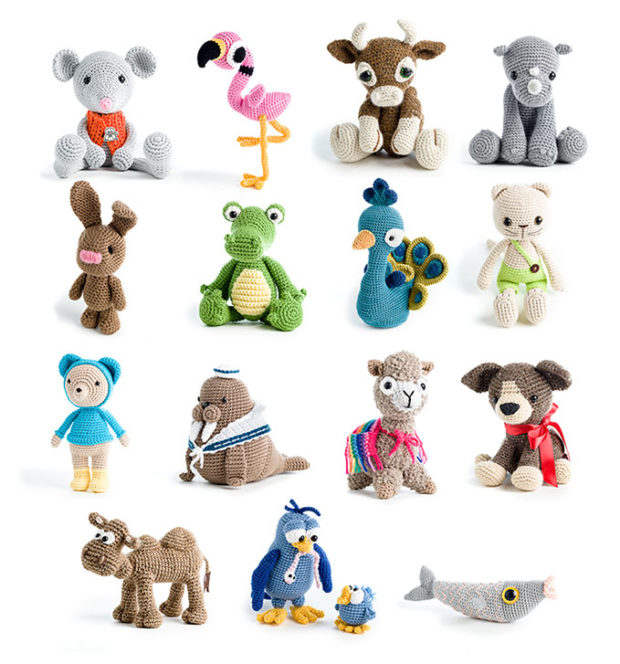 It’s a pretty thin book, only 80 pages. So I was expecting compromises. Sometimes small books skimp on the step-by-step photos. Or they don’t include tutorials on the basics, like how to single crochet or do magic ring. Or they write the patterns in a super-cramped format (like “[inc, 2] 6 times”). Or the patterns are crazy simple to keep the instructions really short. But this book doesn’t take any of those shortcuts.
It’s a pretty thin book, only 80 pages. So I was expecting compromises. Sometimes small books skimp on the step-by-step photos. Or they don’t include tutorials on the basics, like how to single crochet or do magic ring. Or they write the patterns in a super-cramped format (like “[inc, 2] 6 times”). Or the patterns are crazy simple to keep the instructions really short. But this book doesn’t take any of those shortcuts.